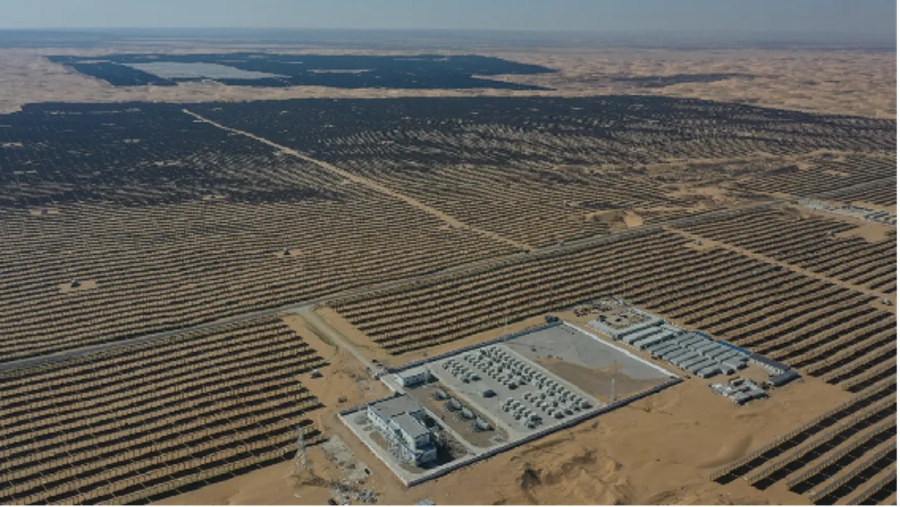Cyprus approves its first energy storage subsidy scheme

The Council of Ministers, the executive branch of the Cypriot government, has approved the nation’s funding plan for energy storage systems installed in conjunction with renewable energy plants which had been implemented under earlier support plans, as well as self-consumption facilities included in the net billing mechanism.
Energy Minister George Papanastasiou said after the Cabinet meeting on Thursday that the scheme’s first phase, worth EUR 35 million ($37 million), would be implemented initially and followed by a second phase to the tune of an additional EUR 5 million.
With the funding secured through the Just Transition Mechanism, the subsidy scheme is open to natural and legal persons. Grants will be allocated through a competitive tendering process. Applications for participation in the scheme will be accepted from January 15, 2025.
“This will allow a better integration of RES into the energy grid, resulting in lower electricity costs for all consumers,” the government’s website reads.
The approval of the support scheme follows the public consultation and the General Policy Framework for Energy Storage, which were completed in October 2024 and July 2023 respectively.
According to MECI’s documents, the first tender will include existing and new renewable energy projects. For existing projects, grant amount is capped at 125 EUR per kW of power storage capacity.
In the first funding round, applicants under feed-in-tariff (FiT) schemes can opt to stay under the old scheme or adopt a one-way contract of difference (CfD) approach under which they would need to adhere to new regulations and transmission and distribution rules. The new schemes would allow them to extend their contract period up to 10 years at the new CfD price.
Manewhile, the support in the second round, which will leverage EUR 5 million, will include mainly operating aid in two-way CFDs. The applicants will submit half-hour bids on the annual reference value for electricity generated, stored, and fed into the energy system.
In the first round, existing renewable energy projects can also apply for grants to repower storage capacities, where repowering involves partial replacement/upgrade of installations and equipment to enhance the efficiency or capacity of the installation. Repowering is restricted to an additional 20% of installed capacity to compensate for energy losses from one daily battery storage cycle, without enhancing peak output and without additional support for the additional capacity.
There are four categories of projects that can claim grants in the first funding round including those with up to 120 kW, 121 kW-1 MW, more than 1 MW, and self-consumers.
For existing renewable energy generation projects, currently receiving a fixed subsidy rate, investment aid will be granted in the form of payment in EUR/kW for the power storage capacity independent of the system’s output.
For new hybrid projects, only bidders with less than 0.11 Euro/kWh of total generation and storage cost will be eligible.
In terms of technical eligibility, the projects will need to get off the ground within 12 month (new projects, as well as projects in the second round) or 6 months (existing projects and all self-consumption projects).
They will need to operate at least until 2030 or for the period covered by the 10-year CfD contract. Projects with capacities up to 120 kW need to have at least two-hour storage duration, while bigger plants are expected to have a discharging time of three hours. All systems will be required to provide grid and ancillary services with technical parameters defined by the Grid Operator.
Further details on the subsidy program will be posted on the website of the Ministry of Energy, Commerce, and Industry (MECI) by the end of November.













